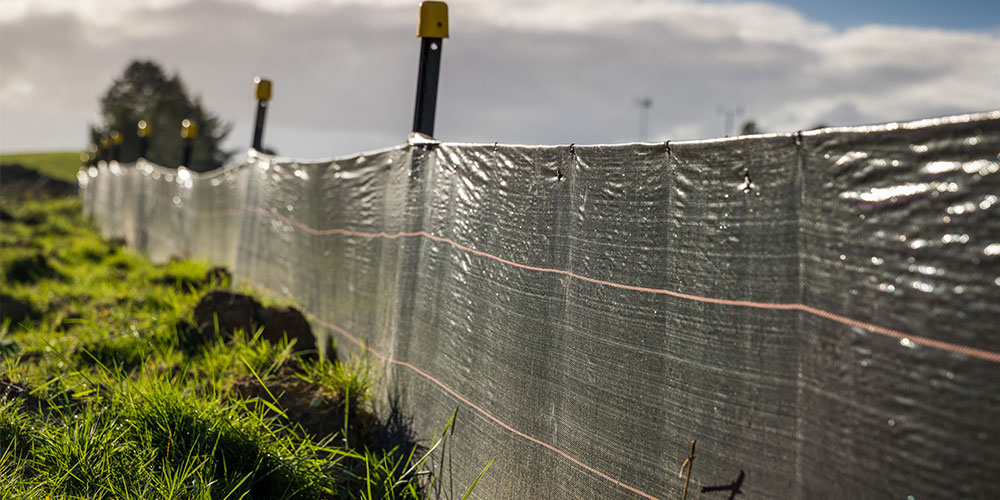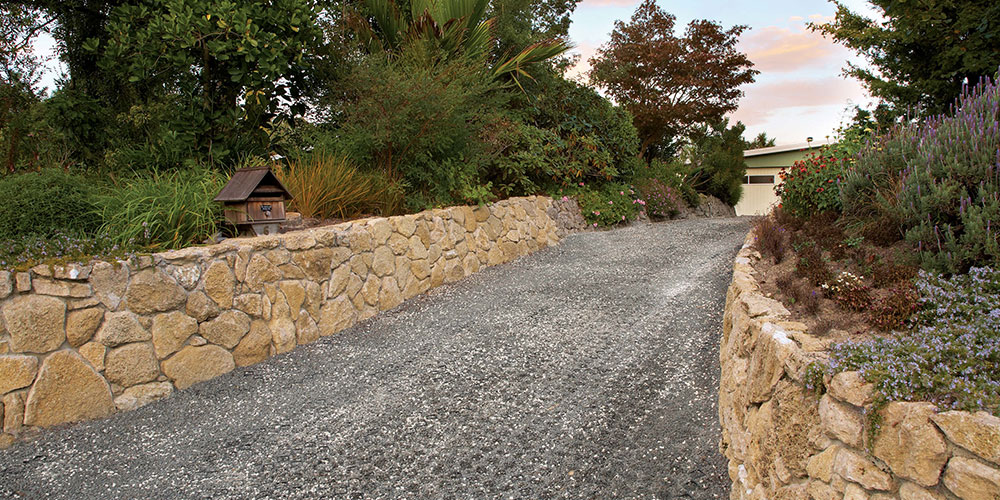Facebook
Twitter
LinkedIn
Pinterest
Reddit
WhatsApp
Keeping Residential and Council Stormwater Systems Clean
It’s just a drop in the ocean. We’ve all heard the saying, and sometimes we feel like that for any number of reasons when it comes to keeping the environment clean. What good can I do when so many others aren’t trying? Well, to coin another phrase, every little bit helps. Remember that little bug that went ka-choo? The cleaner, or dirtier, your wastewater runoff from your home, the better or worse the council stormwater system will be. Yours might only be a tiny tributary, but in conjunction with all other homes dispensing into that system, it all adds up, feeding from land into the sea, affecting everybody and everything around you. Whether you’re doing DIY work that involves digging up land, or perhaps you’re retaining a bank and changing the course of water flow, just ask yourself this. Is water likely to pool and spill over if there’s any excess rain? Am I adding in drains that will run into the council stormwater systems? Whatever your project, there are several ways to prevent unnecessary soil and silt build up to keep your environment and the public stormwater system clean.
Prevent drains from getting blocked
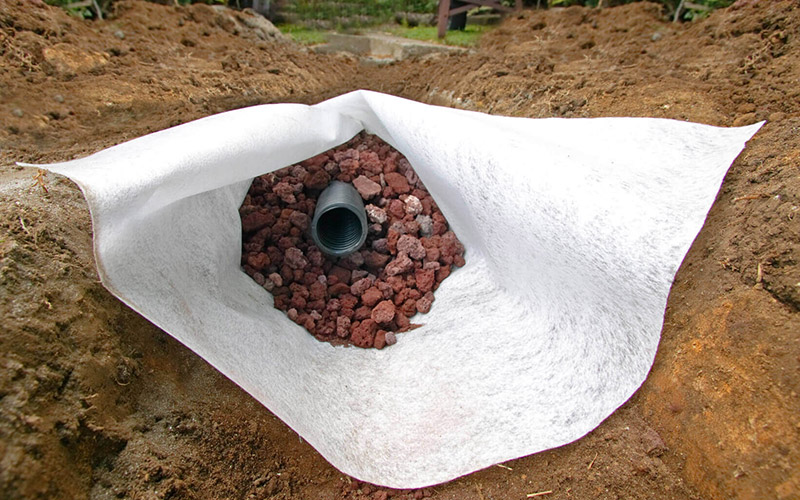
Property owners are responsible for maintaining their stormwater pipes, drains and gutters, whereas Council maintains public stormwater assets, but that doesn’t mean you can’t help. The best way is to make sure dirt and silt doesn’t find its way into your drainage pipes, which would then feed into the public stormwater system, causing blockages and possible flooding during major weather events.
How do you prevent drains from getting blocked?
It’s easy. When you install your perforated pipes, either directly wrap the pipes with FilterSleeve, or separate the clean aggregate fill around your pipes from the clay or soil with a layer of FilterPlus. Both serve a similar purpose. They filter and trap silt and dirt, preventing it from entering your pipes or aggregate area, effectively cleaning the water before it enters your pipes and the council owned stormwater system. That gets a big, happy tick from Council.
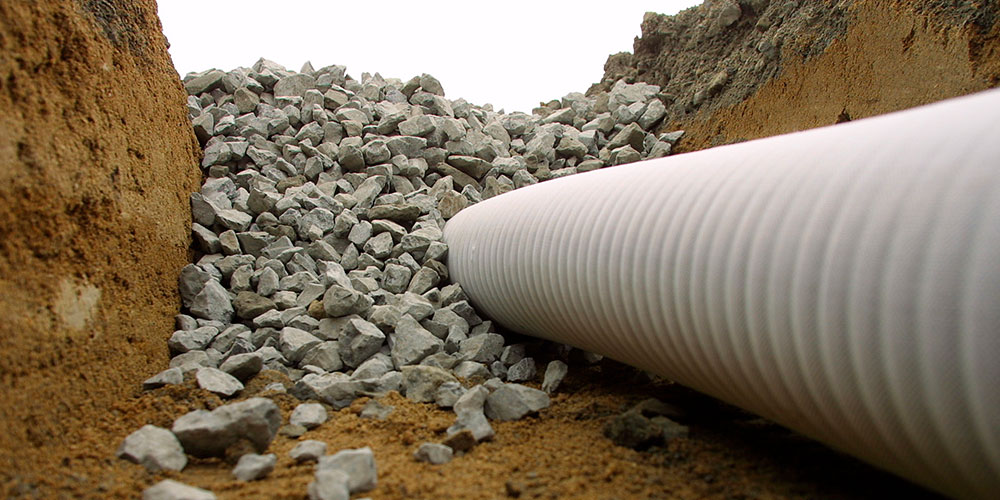
FilterSleeve also adds a protective layer between the pipes and the aggregate or soil, meaning longer lasting drains. FilterPlus acts as a separation layer between the aggregate and clay or soil areas. By making sure the two don’t mix, your drains won’t sag or rut if the soil layer compacts or deteriorates. FilterSleeve and FilterPlus can be used in conjunction with each other for the best silt and water filtration.
Council tips to prevent flooding and blockages on your property
- Keep drains clear of litter, debris, leaves and rubbish.
- Avoid planting near pipes. Roots may damage or block underground pipes.
- If you are building or renovating, keep sediment and construction waste away from drains.
Add permeable areas to your outdoors
If you plan to landscape or build levelled grassed areas, patios, paths or driveways, consider making them permeable. Permeable areas absorb water, then allow that water to seep into the surrounding soil at a slower, more controlled rate. Water doesn’t pool, you’ll have less flooded areas, and that water will feed back into and help nurture your garden instead of wastefully pouring into the stormwater systems.
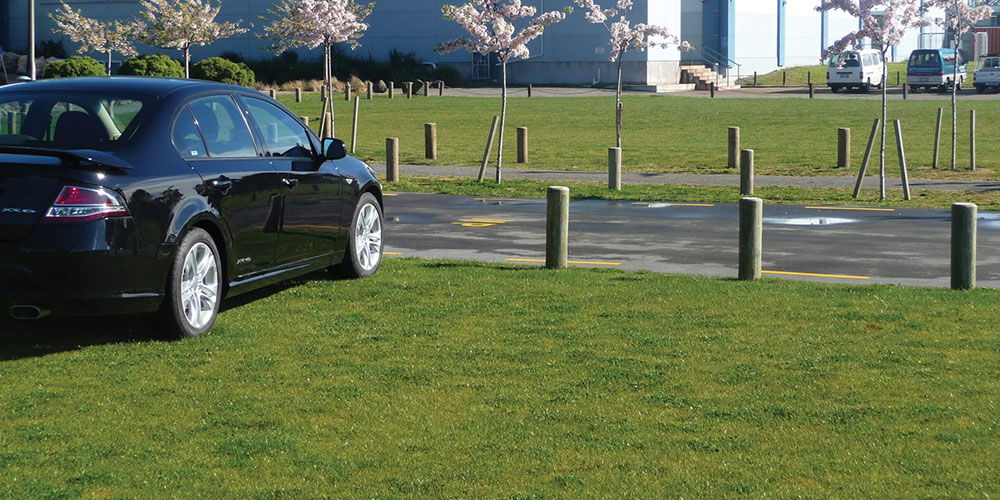
Strol has several different options of permeable paving solutions to fit most needs.
- SurePave – ideal for reinforcing grass or gravel areas in highly stressed areas
- SmartPave – residential grade of permeable paving used to stabilise lightweight use, stone or pebble paths
- PebbleLock – for heavier duty stabilisation of pebbled areas, ideal for pedestrians, bikes and cars
Each system not only prevents potholes and puddling, but they also store rainwater underneath the surface, allowing it to filter back into your garden or lawn at a rate the area can cope with, helping to prevent as much excess water as possible from entering the public stormwater drains. And you guessed it – another big tick from Council.
Manage your water flow
You should always be mindful of how water flows and collects on your property. Take note of low areas where water may pool. Shape your driveway and other paved areas so that water flows away from your house and into a drain. Yet, we often only think about surface water, water we can actually see. What about the water that has already soaked into the ground? Water builds up, especially in low-lying areas. It makes the soil heavy and can put unexpected pressure on retaining walls or even the ground floor of your home.
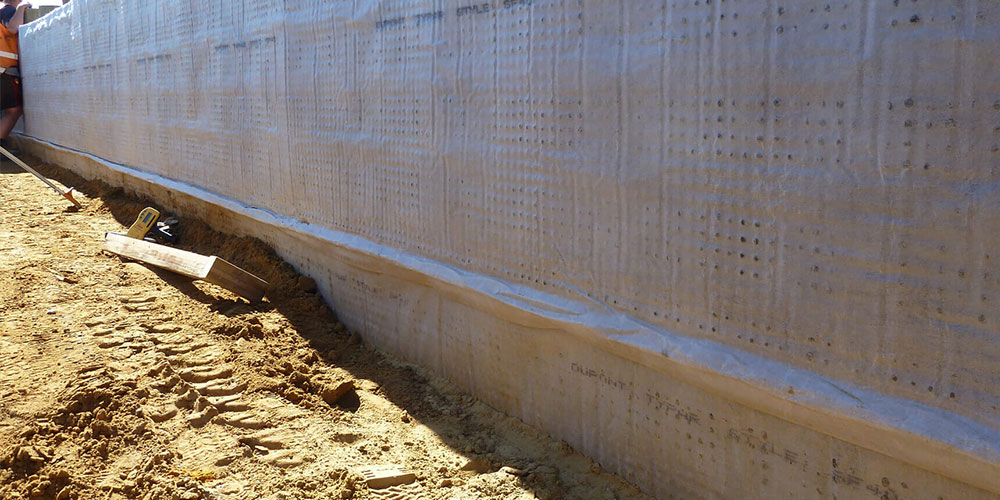
An easy way to relieve that pressure and take that trapped water away is to line any lower lying wall with Armourflow. Armourflow collects the water that would otherwise be pressed against and soaking into your home or retaining wall and diverts it toward your drainage system. By draining that underlying volume of water away, you not only protect your home and retaining walls, but if there is a major storm, you’re giving that extra amount of rainwater somewhere to go before it fills up your property and floods into the stormwater drains.
But what can you do if there’s just too much rain?
Keep overland flow paths clean and clear
An overland flow path is the route rain takes to reach waterways during heavy rainfall. This may be a natural or a designed course. If it’s blocked, the water will have nowhere to go, and can cause flooding in your or your neighbours’ properties. The best thing to remember is not to build fences, sheds and other structures that could block overland flow paths. Raising the ground level around the overland flow paths may also cause more flooding. If, however, you’re digging up your back lawn, you’ll be exposing clay and dirt. If a major storm comes, you’re likely to feed a lot of silt and dirt into those flow paths, but there are ways to limit the amount of silt and dirt from leaving your property without blocking the water flow.
- SiltFence – This is a woven silt control fabric that traps silt in your site while still allowing water to pass through. This will be your number one way of reducing muddy runoff escaping your property. Tick.
- SiltSock – used to either steer water toward the runoff areas, or to hold up waterflow, creating channels the water must pass through, allowing time for sediment to settle into the ground instead of being washed away. Tick.
- AquaSleeve, AquaDuct and FlexiFlume – these three PVC products act as temporary downpipes, channelling excess water across a construction site without the need to build drainage. Tick. Tick. Tick.
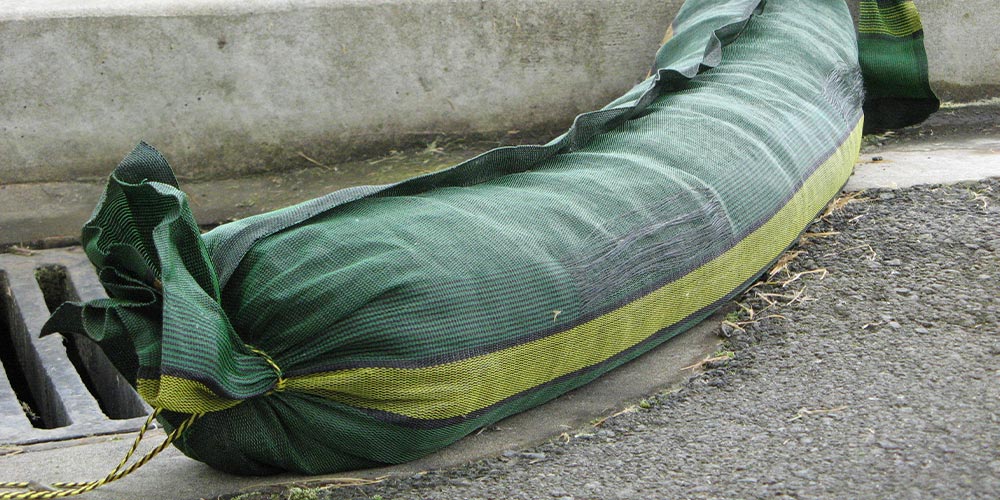
Help keep the environment clean
Whatever project you’re embarking on, remember to help Council by making sure you’re not polluting the waterways, both during construction and as a long-term solution. The more you can help them, the easier your job will be, and with Strol stormwater and drainage, and silt control products, getting council consent and some big, green ticks can be a whole lot simpler.

